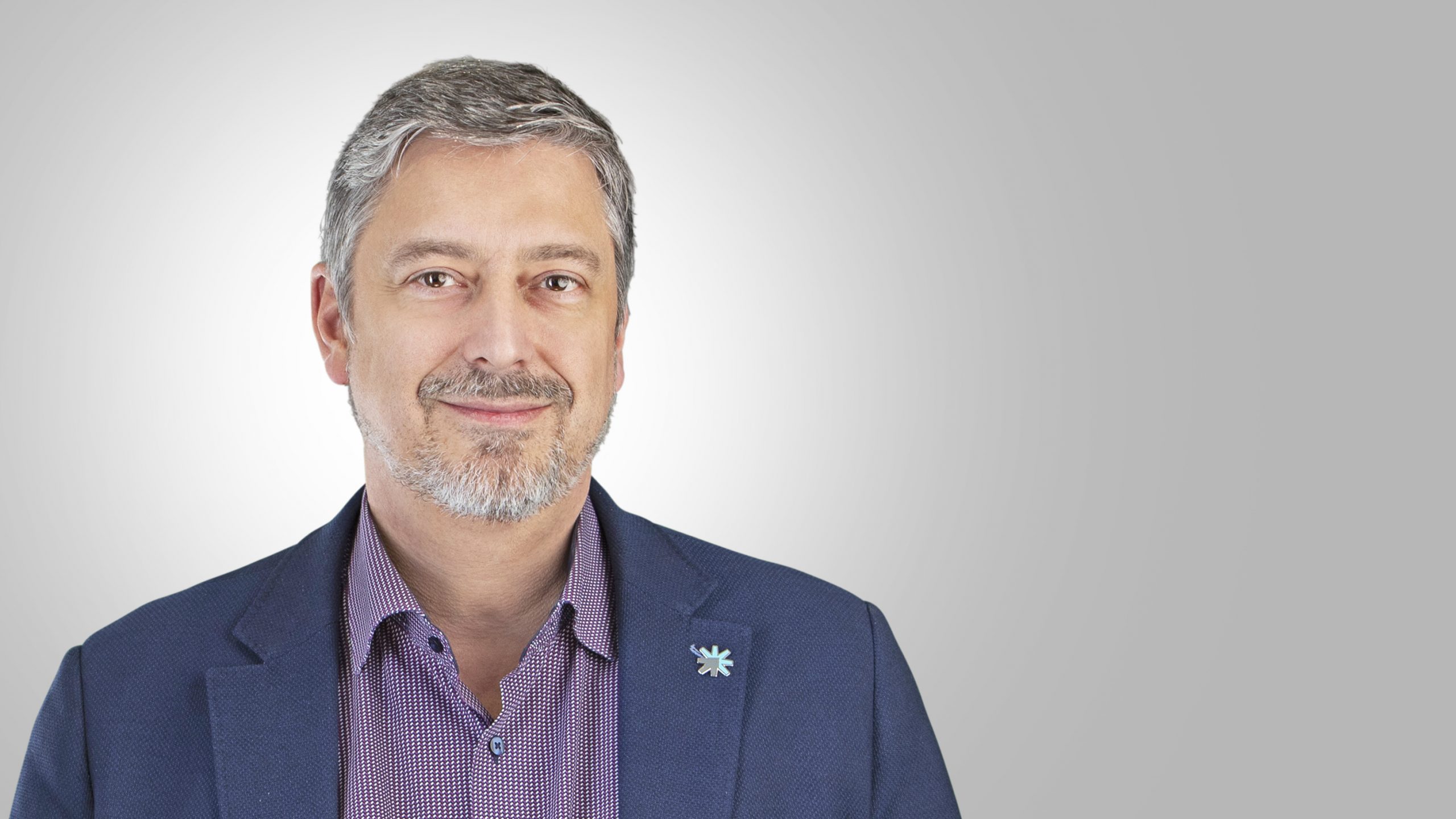NEWS & INSIGHTS | Opinion
What to expect and hope for in 2023
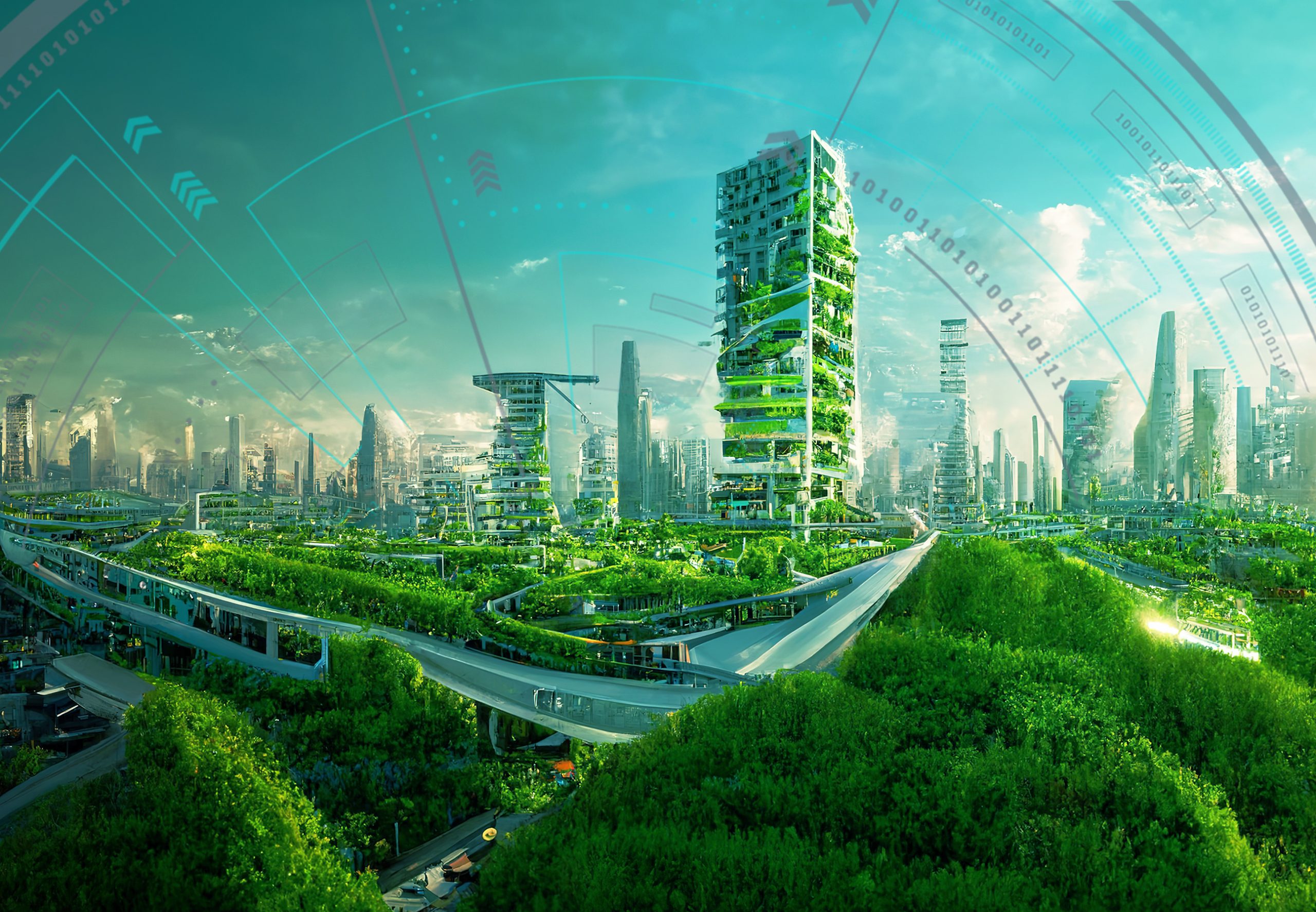
The background photo on my Linkedin profile shows a mind map of the key trends for the 20s. I drew that on a wall at the Net Zero Technology Centre towards the end of 2019. Needless to say I didn’t see the imminent global pandemic or the more recent war in Ukraine coming, and that serves as a reminder that anticipating the future is an activity destined to fail, the question is just by how much?
It is however a useful exercise, if not an essential one, to prepare for possible futures, taking a mid term horizon looking at the fundamental drivers of change and transformation. Three years on from that mind-map, the fundamentals haven’t changed. The three macro drivers of change lie in the evolution of society and its economic paradigm, in the ongoing digital revolution, and in the climate emergency and its associated energy transition.
Three years on, it’s a good moment to take stock at what happened and what didn’t happen, and try to reset the bar to navigate the near future, always with the awareness of the challenge of predicting it!
Society
On the societal transformation front, the concept of the stakeholder economy didn’t proceed as fast as maybe some of us were expecting.
Three years ago I delivered a foresight keynote to the leadership team of an oil field service company. We discuss the need to go beyond targeting profit only and include in the equation also planet and people, both communities and workforce. I was promptly brought back to reality by one of the directors: “yeah, that’s all nice, but let’s not forget that maximising shareholder returns is why we exist, so let’s go back to business now”.
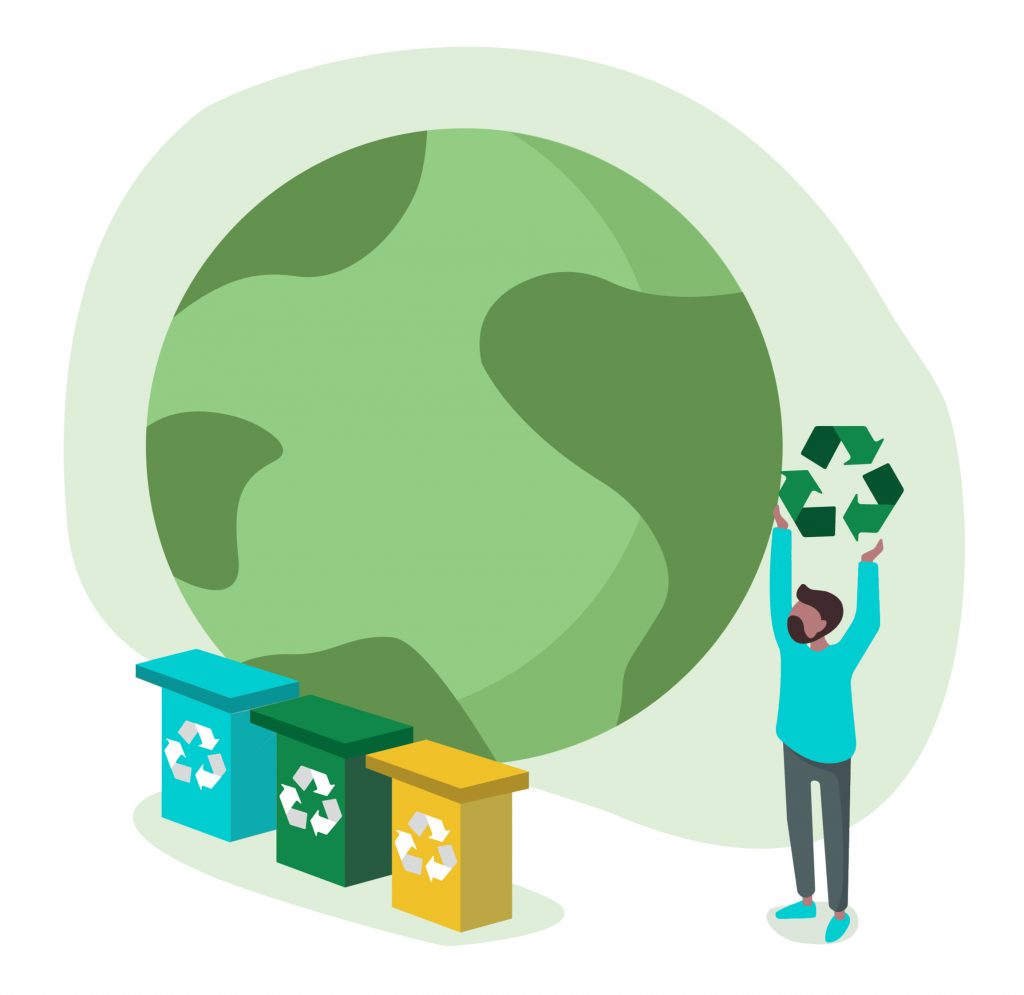
Three years on, nothing has significantly changed yet. Yes the conversations about ESG and sustainable economy are still there, and were a big part of COP27 in Egypt last year, but they seem to have less traction, maybe shadowed by contingent urgencies like energy security and the cost of living crisis. Pensions funds and investors are back looking to maximise shareholders value and short term returns. Governments are looking for short term growth and to secure affordable energy.
But yet the need for a different paradigm hasn’t disappeared: if the world grows to consume as the average US citizen does, we would have used five times the resources of the planet every year; and if we take Europeans as a standard, we would still need two and a half planets to survive. So that’s clearly not a sustainable way forward.
What is not clear is the alternative. Some degrowth fans advocate cycling everywhere, buying anything second hand, consume less of everything and shrink the size of the economy. Only a micro portion of the world thinks this is the solution. Would you invest in a pension fund that gives you back less than what you put into it; would you buy shares of a company that doesn’t grow and therefore doesn’t pay back your investment neither as dividends nor as capital? Of course you wouldn’t.
So how do we change the fundamentals of how the economy works and bring the whole world population to the same or similar standard of living, consuming resources in a way that doesn’t deplete the earth and preserves it for future generations? We don’t have a real answer to that yet, or at least not an answer I can understand and explain. Some maybe unexpected help could come from the digital world and from new energy technologies, which I touch upon in the next sections. This because both may help decoupling economic growth and consumption of natural resources.
Digital
The digital transformation has been going on for what may feel like ages, although looking back it really hasn’t. It is actually still in the early stages of its potential, but it is getting very interesting now because artificial intelligence is finally having an impact on how we live and work.
We all have probably received or seen short videos and animation memes as a card last Christmas. You may not have noticed but many of them leveraged artificial intelligence. When the Gioconda and other famous paintings are singing a Christmas song that is artificial intelligence at looking at the facial expression, mouth and body movements of a singer, and applying that to the painting characters fictionally singing the tune. As silly as an application it may seem, it wasn’t there a year ago and it’s the tip of the iceberg.
A more serious application making real breakthroughs and challenging working practices is the ChatGPT chatbot launched by OpenAI last November. It took it only 5 days to reach 1 million users and it’s already polarizing opinions about its positive impact and its dangerous effects, with big concerns raised by teacher associations given the quality of its AI generated essays.
In the industrial world we’ve seen augmented reality becoming more real and more augmented. When we launched the Technology Centre six years I remember explaining to people in the industry what virtual and augmented reality was and running workshops to help them think of use cases and industrial applications beyond gaming or training. It is a total different situation today, with several companies providing augmented reality based inspection and maintenance services. Robotics is also making strides in the industry since we hosted the first Robotics Week five years ago.
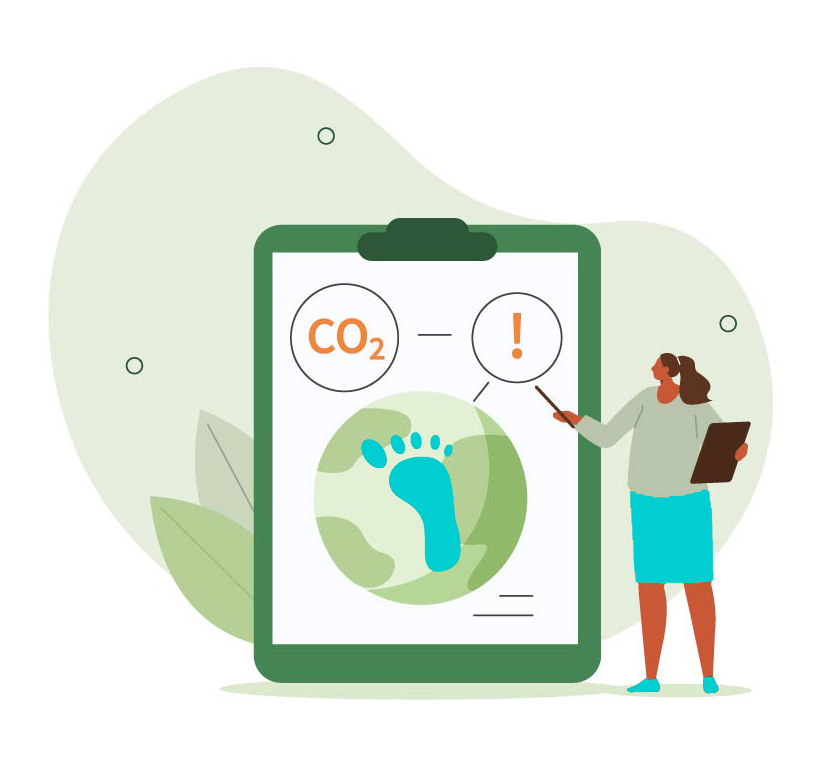
Where is this taking us and how fast? Keeping up with the pace of the digital world is hard, at times overwhelming, and it’s often difficult to distinguish the hype of sales pitches from real breakthrough. But real breakthrough is happening and is making its way into normality: it’s not artificial intelligence, it’s a “normal” Christmas video on your phone. The “individualized” suggestions for music, tv series or readings by the various platforms have been there for a few years but are getting much better, more subtle and pervasive, adopted by more and more businesses beyond “Big Tech” and beyond consumer suggestions: from remote monitoring to predictive maintenance, to process optimization and emissions management, big data and machine learning are becoming normal and ironically, we may hear less about them as we proceed in just using them more.
What hasn’t yet become normal is the world of Metaverse, NFT and Crypto, and that makes it very interesting to see how it will evolve in 2023 and in the next few years. Facebook changed name to Meta last year and ended up reporting $9 billion losses, while the global crypto market crashed dropping $2 trillion in value, with FTX bankruptcy being just the most visible event.
That shows that the digital revolution, like most revolutions, is dangerous and difficult. First movers open ways, make mistakes, find roadblocks and often fail. Some survive and refine the approach, retune, reset, restart. The metaverse is coming, but it’s unclear how and which of the various options will stick, but there are clear advantages and economic opportunities in the convergence of the virtual and physical world for businesses and society. It may offer a way to decouple economic growth from natural resources, redirecting it to the virtual one. It presents risks too, for businesses and individuals: the world may be virtual, but the consequences of what happens in it are real.
For non-consumer facing industries it seems still early stages, but the risk of moving too late is as big as that of moving too fast, so 2023 may be good timing to explore it, and we have a Metaverse Industry workshop planned to do exactly that.
Climate and Energy
This might be a big year for Hydrogen, one way or another. Last year ended with increasing skepticism about its use in heating by several research studies and reports, with the main argument being its inefficiency and complications compared to heat Pumps and Natural Gas.
At the same time, Hydrogen in transportation, which at the start of last year seemed to be a losing game against EVs, seem to have found new vigor, with BMW, Audi, and Mercedes joining Toyota and Hyundai in developing fuel cell cars, although that is still far behind battery powered vehicles. Range anxiety seems to have been replaced by charging anxiety, with EV sales progressing faster than charging infrastructure expansion, not to mention the variety of charging apps that are sometimes confusing consumers.
On the more disruptive and radical thinking, in 2023 we may see an acceleration in exploring and debating about acceptance or resistance of concepts like Geo-engineering. The least controversial – to a point – being Direct Air Capture (DAC) technology: taking out CO2 from the atmosphere to store it underground or potentially to re-use it in applications like synthetic fuels or building materials.
Many environmental activists see DAC as an excuse to keep burning fossil fuels. But in the end, it might be one of the ways that we go beyond net zero. Negative emissions solutions like DAC are needed because we are most likely going to overshoot the carbon budget.
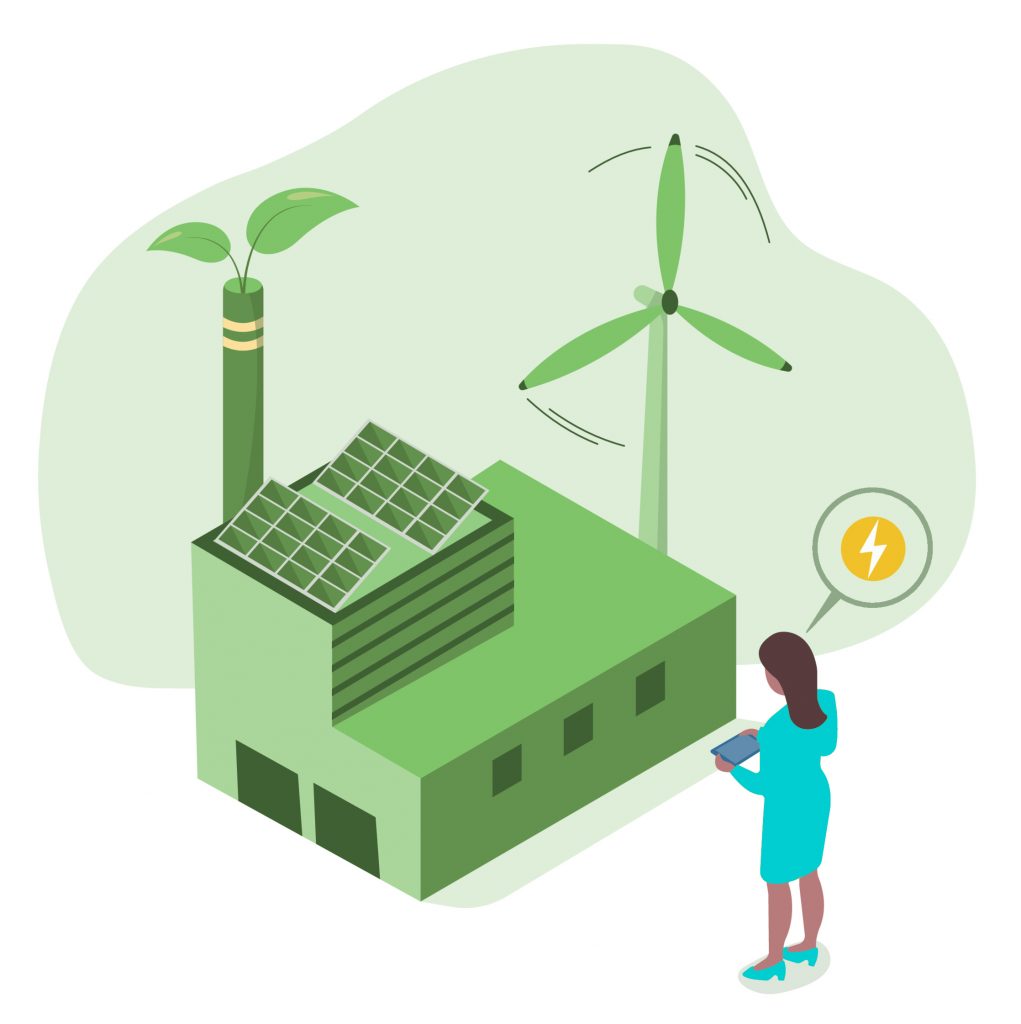
More controversial, but highly likely to be part of the conversation and to see increase in research, is Solar Engineering. That is about spraying the upper atmosphere with sulfates aerosol or similar compounds to filter sun rays, with a cooling effect similar to that temporarily generated by the 1991 eruption of Mount Pinatubo. This seems to have become more popular in fiction and science fictions novels, but also in the scientific debate. It would pose big questions about how it could work and how to control it and what unintended consequences it might bring. It could potentially exacerbating instead of mitigating the impact of climate change. The aerosol is unlikely to stay where it is deployed, and nobody owns that part of the space, so the initiative of a country or company would impact others and may even be considered an act of war.
Most of the energy related events in 2023 will however be shaped by the war in Ukraine. It seems unlikely at the moment that it will end anytime soon, and that will impact the energy supply chain around the world maybe more than a few years, increasing therefore the focus on energy security. Despite the big pressure on households and family households’ energy bills this winter, the real challenge is the next one, especially in Europe, and it may be either an accelerating or a slowing factor in the energy transition and consequentially in the fight against climate change. Will Europe try to replace Russian Gas with a mix of domestic fossil fuels, even coal, and imported LNG. That requires new infrastructure and long term supply contracts that lock emissions for decades. Or will this be a stimulus to accelerate the transition and deploy more renewables with the added benefit of increasing energy security and independence from import.
The choice is less obvious than it appears. Renewables don’t deal well with the peaks and valleys in demand between day and night and between summer and winter. The key challenge is long term and big volume energy storage: that is where I expect – and hope – to see step forward in 2023.
Recap
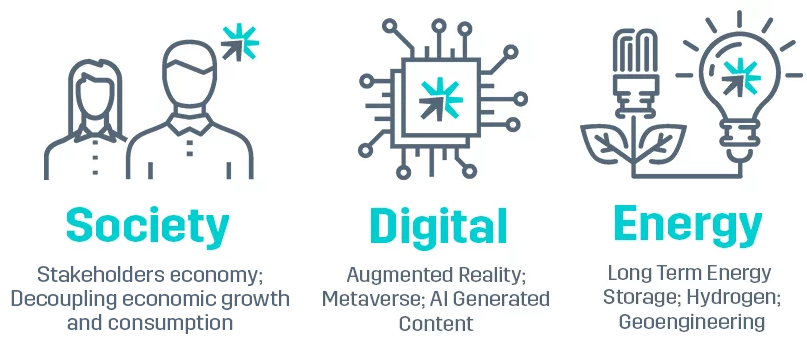
Predictions are always going to be wrong, and yet they are useful. By looking at trends and at the fundamental driving forces behind them we can prepare for possible futures, and be ready to change direction if and when needed, rather than being surprised by them.
Needless to say, there will be surprises. That’s how it works.
Subscribe for the latest updates
